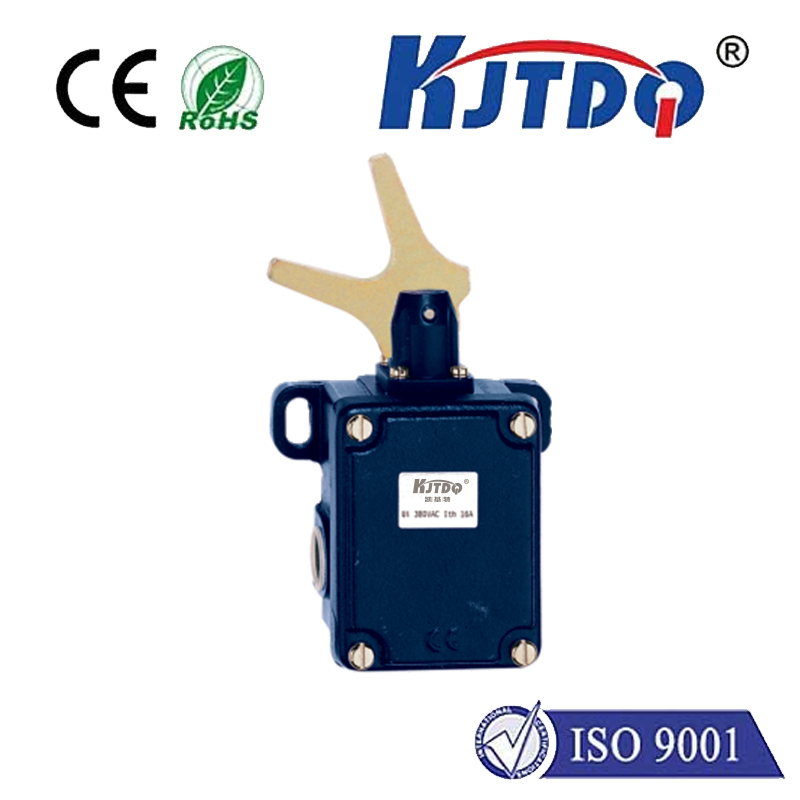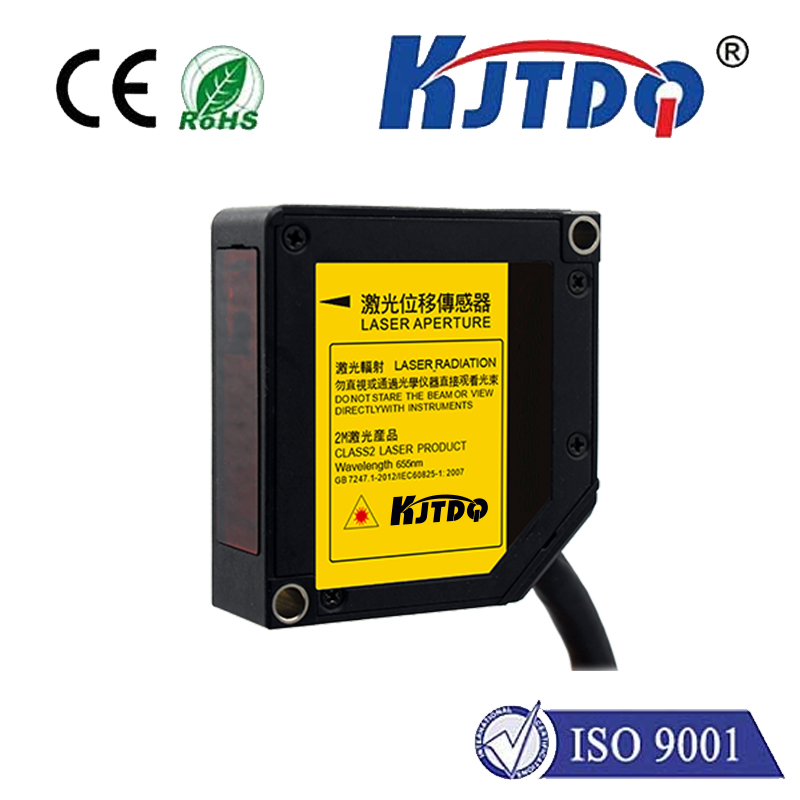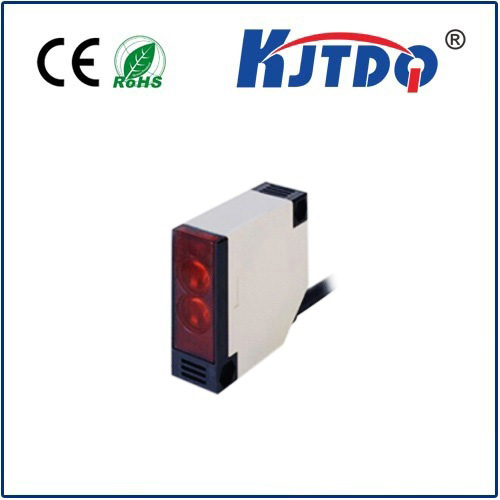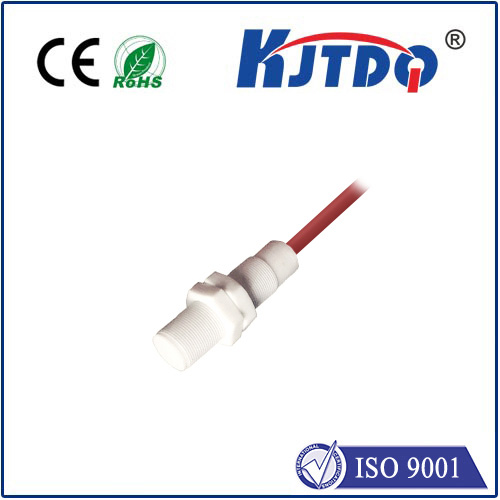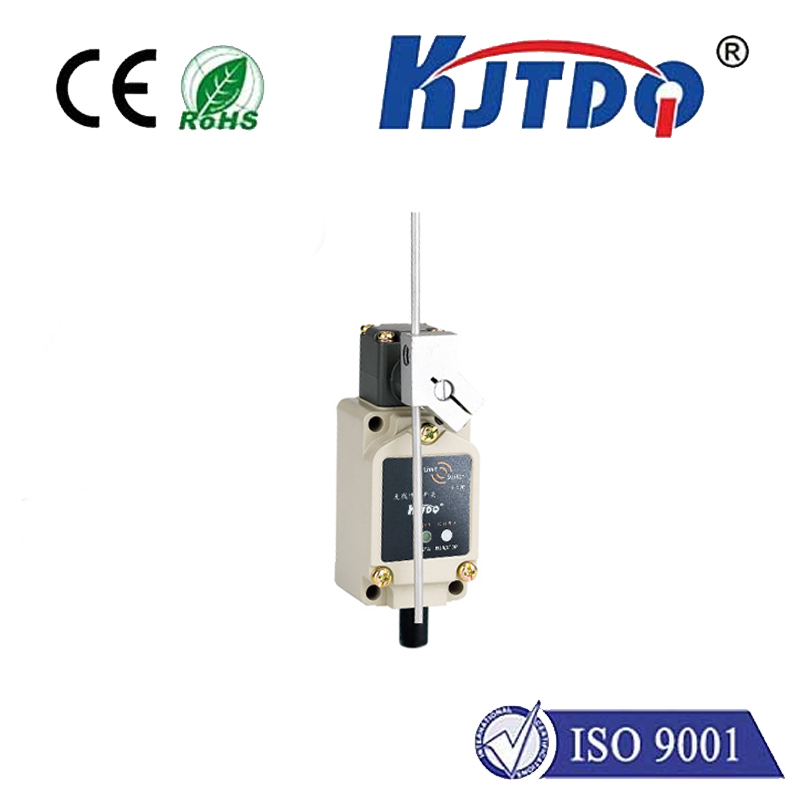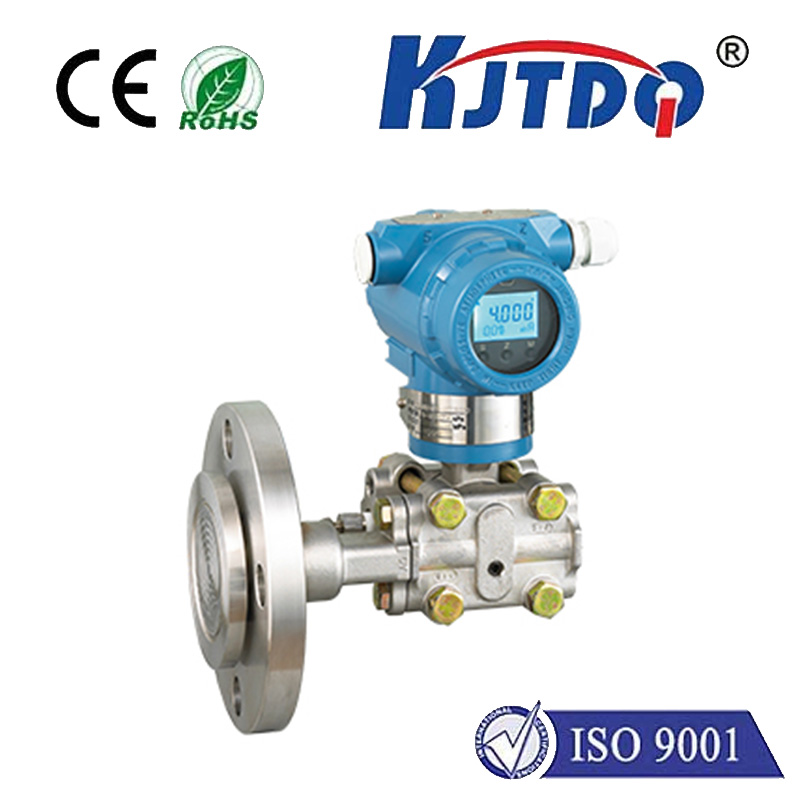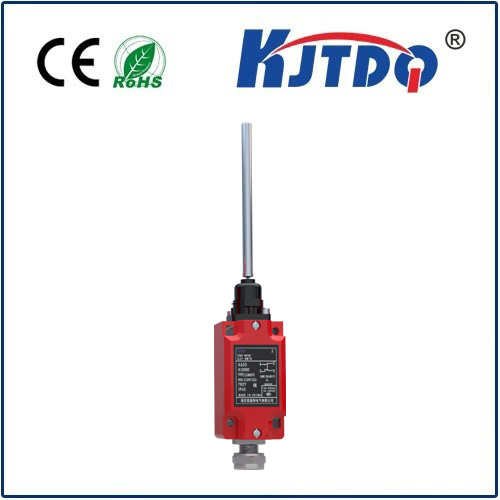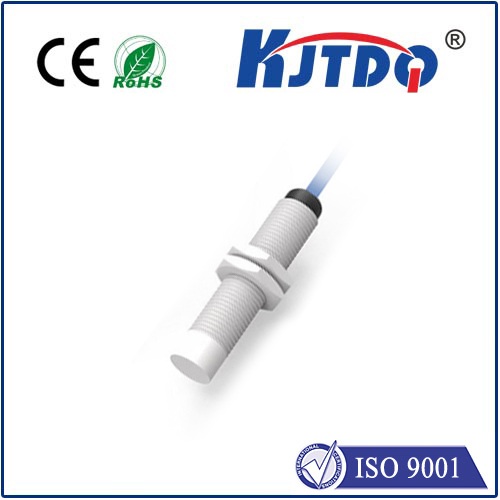

check

check

check

check

check

check

check

check

check

check
Imagine stepping into your home after a long day, only to be greeted by a haze of fine particles—barely visible yet potentially harmful. Air pollution isn’t just an outdoor menace; it seeps indoors, affecting our health, productivity, and well-being. In today’s world, where air quality concerns are soaring, innovative technologies are stepping up to provide clarity. Among them, laser dust sensors have emerged as game-changers, offering unparalleled precision in detecting airborne contaminants. This article delves into how these advanced sensors work, their wide-ranging applications, and why they’re becoming essential in our fight for cleaner air. As we explore this cutting-edge tool, you’ll discover how it transforms everyday environments into safer, smarter spaces.
Laser dust sensors operate on a simple yet powerful principle: they use a focused laser beam to detect and measure particulate matter (PM) in the air. When particles like dust, pollen, or smoke pass through the beam, they scatter the light. This scattering effect is captured by a photodetector, which converts it into an electrical signal. Sophisticated algorithms then analyze this data to determine particle size and concentration, such as PM2.5 or PM10—common indicators of air pollution. Unlike traditional methods like optical sensors or mechanical filters, laser-based systems provide real-time, high-resolution readings without frequent calibration. This accuracy makes them ideal for environments where minute changes matter, whether it’s a bustling office or a sterile laboratory. By harnessing light-scattering technology, these sensors offer non-intrusive, continuous monitoring that elevates dust detection to new levels.

The applications of laser dust sensors span diverse sectors, driven by their reliability and adaptability. In residential settings, they’re integral to smart air purifiers and HVAC systems, where they trigger automatic adjustments based on detected pollution levels. For instance, during a high-pollution event like wildfire smoke, the sensor alerts the system to ramp up filtration, ensuring indoor air remains safe. This proactive approach not only enhances comfort but also combats health risks like allergies or respiratory issues. Industrially, these sensors monitor conditions in factories and cleanrooms, preventing particle buildup that could damage sensitive equipment or contaminate products. Environmental agencies deploy them in urban air quality stations, providing public data that informs policies and health advisories. The versatility of laser dust sensors extends to emerging fields, too, such as wearable tech for personal exposure tracking. By seamlessly integrating into everyday devices, they empower users with actionable insights, making air quality management accessible and efficient.
Key advantages set laser dust sensors apart from alternatives, solidifying their role in modern monitoring. Their high sensitivity enables detection of ultrafine particles down to 0.3 microns, surpassing older technologies that often miss smaller contaminants. This precision minimizes false alarms and ensures accurate data for critical decisions. Additionally, their low energy consumption and compact design allow for easy integration into portable gadgets or IoT networks, supporting long-term, cost-effective deployment. While other sensors, like electrochemical or infrared types, might be cheaper, they lack the real-time responsiveness and durability of laser-based systems. Regular calibration is minimal, reducing maintenance hassles, and many models feature self-diagnostics to alert users of issues. For optimal performance, install them in well-ventilated areas away from direct airflow obstructions, and pair them with compatible software for comprehensive analysis. As a result, users gain a reliable tool for continuous improvement in air hygiene.
Incorporating laser dust sensors into broader air quality strategies yields tangible benefits for health and sustainability. Studies show that consistent monitoring can reduce pollution-related illnesses by up to 20%, underscoring their preventive impact. Businesses report lower operational costs through energy savings from optimized systems, while cities use the data to target emission reductions. As demand grows, innovations like AI-enhanced sensors are emerging, further refining dust detection capabilities. Embracing this technology today paves the way for smarter, healthier living environments, where informed choices drive progress.
